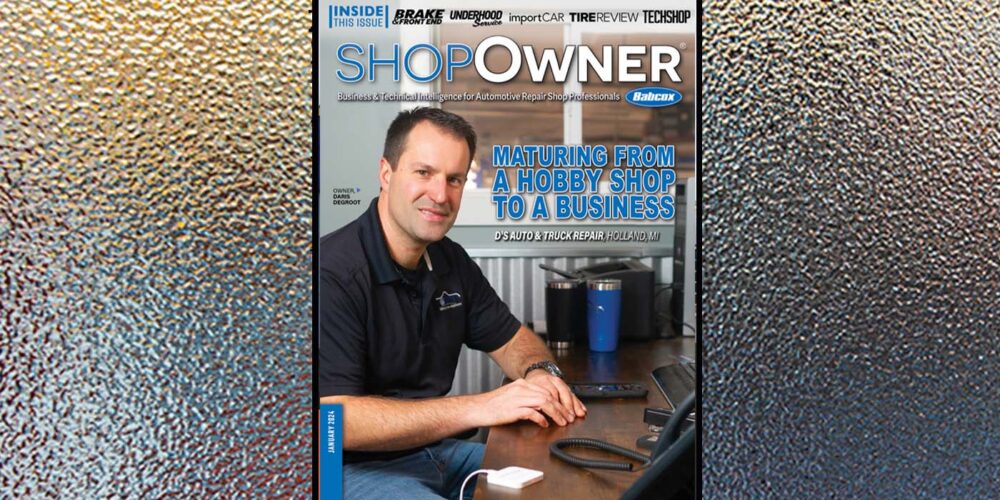
Perceived generational differences are a frequent topic of conversation amongst employers trying to hire, motivate and retain talented employees. With Generation X and millennials encompassing a majority of today’s workforce, there has been a perceived shift from the so-called workaholic baby boomer to the purportedly entitled millennial. Stereotypes aside, the newer generations have demonstrated a greater tendency to question longstanding workplace norms and the traditional work environment. Historical dress code questions such as skirt length and neckties have been replaced by issues like visible tattoos, facial piercings and exotic hair colors. Further, many employees are demanding jobs that provide the flexibility to telecommute. While some industries have adapted to this generational swing, it is not a simple task for all employers. If you wonder how a relaxed dress code, nap pods or telecommuting might work in your business, read on!
Must I Allow Telecommuting?
The knee-jerk reaction for many employers may be, “Not while I’m here!” After all, you’ve never done it that way, you’d have to figure out the logistics to ensure that the work gets done and you think physically interacting with your employees is important to your business. In general, you can require employees to come to your facility to work. However, under the Americans with Disabilities Act (ADA), employers are required to make reasonable accommodations for qualifying employees with disabilities that allow the employee to perform their essential job functions – and telecommuting can be a reasonable accommodation. By way of example, let’s say that Sally the sales clerk asks to telecommute because the lighting in your sales office gives her a headache. How do you address Sally’s request?
When attempting to identify a reasonable accommodation, remember the employee is obligated to cooperate in this process and that you need only to provide an accommodation that is reasonable rather than the accommodation the employee has requested.
Whether an accommodation should be provided is always a fact-specific analysis. So, even if you think you know the answer when the accommodation request is made, you still must talk to the employee and review your relevant policies as well as Sally’s job description (which is, of course, updated and accurately describes her job duties). Additionally, has another employee made a similar request? If so, how was that request handled? What information has Sally given you about her condition and do you need more information in order to fully evaluate her request? Has Sally been diagnosed with migraine headaches? What other accommodations might be available and do those accommodations address her concerns? For example, can you change the type of bulbs you use, or place Sally’s desk near a window that provides natural light instead of allowing her to telecommute? Does the requested accommodation place an undue hardship on the business? While determining that an accommodation creates an undue hardship means an employer need not provide a requested accommodation, it is a high threshold to meet. Finally, when attempting to identify a reasonable accommodation, remember the employee is obligated to cooperate in this process and that you need only to provide an accommodation that is reasonable rather than the accommodation the employee has requested.
In our scenario, if Sally is a sales clerk whose customer interactions occur via telephone and email, then telecommuting may be a reasonable accommodation, provided her request is medically supported. However, if Sally’s primary job duty is to greet and assist any customer who walks in the door, then it is probably not a reasonable accommodation for that position and you might need to explore whether there is another available position that Sally can perform. However, you won’t know whether the accommodation is reasonable until you talk to Sally, look at the relevant documents and analyze the specifics of her situation.

What About Visible Tattoos, Piercings and Purple Hair?
You want to present a professional face to your customers, so it is perfectly acceptable to outlaw visible tattoos, facial piercings and exotic hair colors, right? Well, it’s not quite that simple.
Courts have historically recognized the importance of dress codes and appearance standards that are intended to promote a professional image and appeal to customer preference. Any clothing or grooming choice that could create a health or safety issue is also something an employer needs to address. However, employers should proceed with caution when faced with employee challenges to their dress code or grooming requirements – particularly if those challenges are related to an employee’s religious beliefs. For example, if Robert has a long beard because he is an Orthodox Jew, then asking him to shave it off to comply with your company appearance code is problematic.
Does this mean you are required to excuse employees from your dress code entirely simply because they claim their appearance is connected with their religion? Not necessarily. Similar to an employer’s obligation to identify reasonable accommodations under the ADA, you should attempt to identify reasonable accommodations for an employee’s sincerely-held religious beliefs that don’t place more than a minimal burden on your business.
While we are on the subject, let’s talk about gender-specific dress codes. Is it a good idea to specify that men must wear slacks and ties and that women must wear skirts and appropriate undergarments (you can’t make this stuff up. We have seen several dress codes that discuss employee undergarments)? No, it’s not.
As explained by Robin Shea, the author of Constangy’s award-winning blog, Employment & Labor Insider, some jurisdictions like New York City prohibit gender-specific dress and appearance codes (the New York City Commission on Human Rights also recently issued guidance clarifying that the city’s human rights law “protects the rights of New Yorkers to maintain natural hair or hairstyles that are closely associated with their racial, ethnic or cultural identities”). Even if you are not in a jurisdiction that restricts employers’ ability to regulate dress and appearance, requiring only women to do their hair and wear makeup might be a form of sex discrimination or unlawful stereotyping. It’s probably best to simply require “professional business attire” without going into detail. Ninety-nine percent of your workforce will know exactly what that means, but you’ll still have some flexibility if you someday have a woman who wants to wear slacks or a transgender employee who wants to dress according to the gender with which he or she identifies (Pro tip: the word “undergarment” generally should not appear in your handbook). And when in doubt, it’s never a bad idea to have your favorite employment lawyer review your dress code or grooming requirements.
Conclusion
In today’s modern, multi-generational workplace, questions about issues such as telecommuting and relaxed dress codes are becoming more and more common. If you keep these principles in mind, you will be well on your way to creating lawful policies and providing reasonable accommodations.
This column is made available by the attorney and publisher for educational purposes only, to give you general information and a general understanding of the law, not to provide specific legal advice or to establish an attorney-client relationship. This column should not be used as a substitute for competent legal advice from a licensed professional attorney in your state. Susan Bassford Wilson and Katie Rhoten are attorneys with the nationwide employment law firm of Constangy, Brooks, Smith & Prophete, LLP. Susan can be reached at [email protected] or on Twitter at @bassfordwilson.
Article courtesy TIRE REVIEW.













